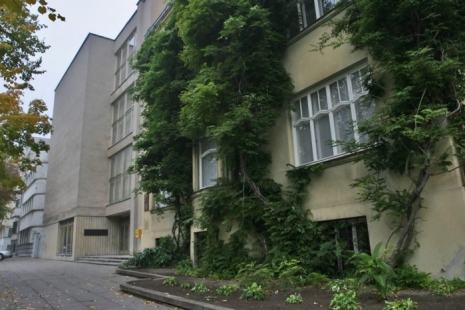Lifar took care of Diagilev during the latter’s last years – and the last years of Ballet Russe while his own reputation as a dancer and choreographer was growing. Lifar became the very first ‘Star Dancer’. A title normally reserved for female dancers, but Lifar moved the of a male dancer from the role of supporter to the ballerina to an equal dancer.
From H.M. the King of Sweden, Lifar received the Order of Wasa, The Chevalier de la Lègion d’Honnours from Ch. De Gaulle, Commander des Arts des Lettres, the Premiere Chanson d’Or, Medaille d’Or de la Ville de Paris and later also of Lausanne. In Monte Carlo he created the “New Ballet Russe”. Later it was discovered that when receiving the Nazi’s at the front entrence of the Paris Opera, he was smuggling out a few hundred dancers, singers, musicians and workers of Jewish and other “disagreeable nationalities” out the back.
In later life Lifar was very much associated with Madame la Comtessa Lillian Amlefedelt-Laurvig, who, after Lifar’s death, 18th December 1986, in Lausanne, she created foundations in Lausanne, Switzerland, Vaduz, Lichtenstein and in Kiev, Ukraine, to take care of Lifar’s heritage.
This exhibition is an art-impression of Lifar’s works. It does not follow his life chronological development – it does not show the works in itself but it tries to show the possible ideas behind the works which Lifar created in less tolerant times. Most of the works shows fragments of the stories behind the works that Lifar choreographed – or re-choreographed, but also from other artists works that, to some extent, were inspired by Lifar’s creations.





